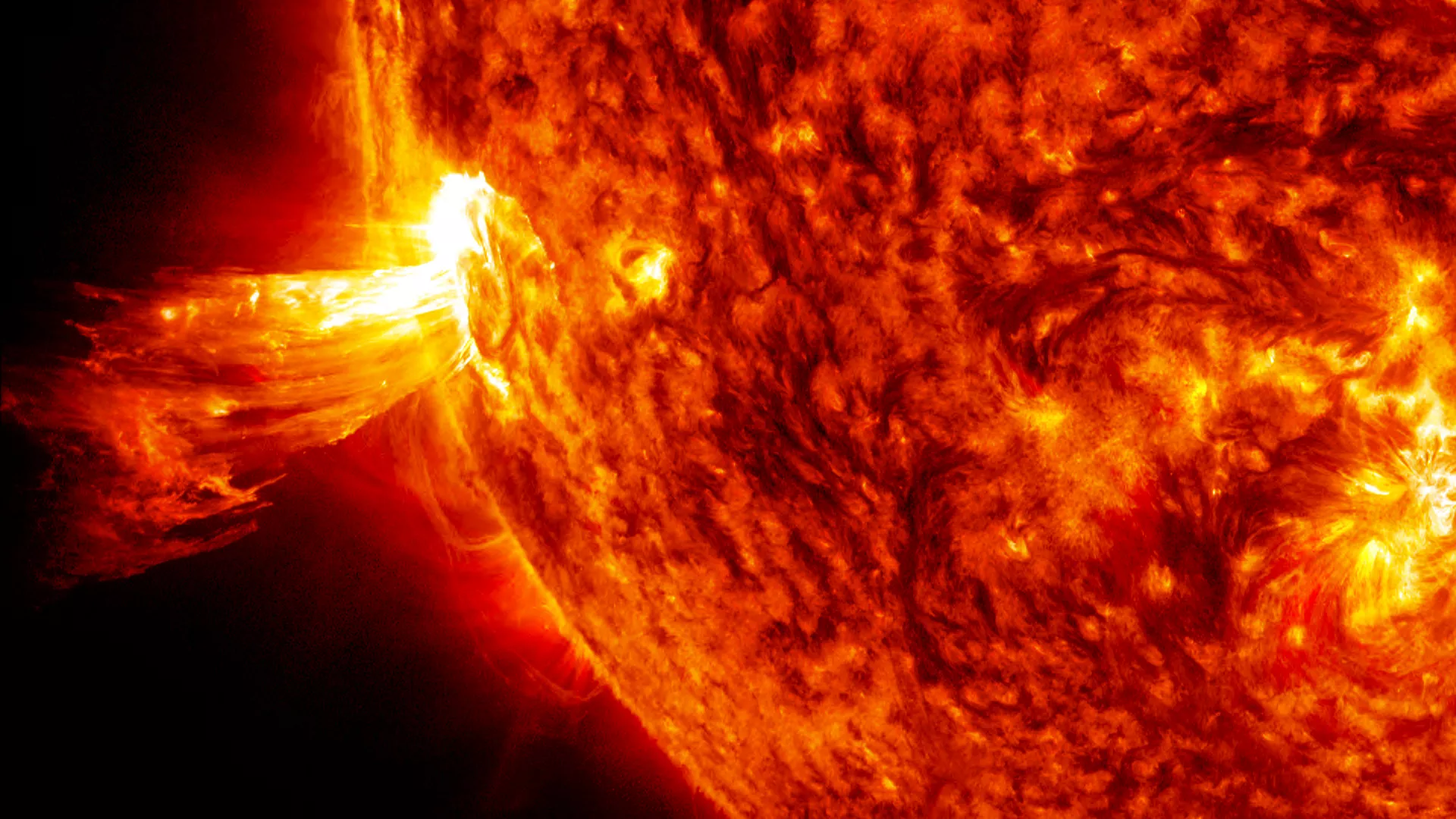
On June 20, 2013, NASA's Solar Dynamics Observatory spacecraft captured this coronal mass ejection (CME). A solar phenomenon that can send billions of tons of particles into space that can reach Earth one to three days later. Credit NASA.
More than 100 days after it launched, NOAA’s Deep Space Climate Observatory (DSCOVR) satellite has reached its orbit position about one million miles from Earth.
Once final instrument checks are completed, DSCOVR, which will provide improved measurements of solar wind conditions to enhance NOAA’s ability to warn of potentially harmful solar activity, will be the nation’s first operational space weather satellite in deep space. Its orbit between Earth and the sun is at a location called the Lagrange point 1, or L1, which gives DSCOVR a unique vantage point to see the Earth and sun.
